Straw supplies remain tight, with significant volumes of straw still sitting on the ground in many areas.
The Irish Farmers Journal estimates that there are two million fewer straw bales in the country this year than five years ago.
There are some steps that can be taken to conserve and stretch existing supplies or alternatives that can be used over the coming months to leave you in a better position to get over the winter.
However, cutting down on straw in vital areas such as calving or lambing pens is a false economy that could end up raising costs greatly in the case of a disease outbreak.
Separate feeding areas
The area with the highest straw requirement in sheds is where animals are eating. Adjusting the layout of the shed or regularly cleaning the area along by the feed barrier will help conserve supplies.
A barrier against this that is often highlighted by farmers is insufficient storage for the manure collected. Under cross compliance, farmyard manure must be stored in a dungstead that collects all run-off. This can be unroofed or roofed.
One option some farmers have successfully operated in the last year is to wall off a bay of an existing storage shed and use this to store manure until the relevant spreading dates next January.

Limit moisture
The absorbency potential of straw to animal urine can be hampered by a number of external factors. The location of drinkers are a risk, particularly if ball cocks are not functioning correctly and there is an increased chance of troughs filling too high or overflowing.
Other areas where the absorbency of straw may be reduced is through poor ventilation limiting moisture evaporation from bedding and increasing condensation in cold weather leading to moisture falling on bedding from the underside of roof sheeting. This can be rectified by ensuring the air inlet and outlet areas are sufficient.
The last area that has the potential to reduce the absorbency capacity of straw is where moisture is gaining access to straw before usage.
This can be from rain blowing on to straw in an open-sided shed, leaking or clogged gutters diverting water into sheds or bales laid direct on the floor surface and dampness or runoff from yards seeping into bales.
Viable alternatives
There may be alternatives worth exploring that can reduce the volume of straw required.
Calf and sheep slats: Installing raised slats over a concrete floor may be an option to reduce the straw requirement where housing calves or sheep. A simple system is to set slats on blocks which can be lifted off for cleaning at the end of the housing period. Any runoff will also need to be collected. Rubber mats: Using solid rubber mats in creep areas, for example, that can be scraped down into a slatted tank works well in maintaining animal comfort while reducing the straw requirement. Mats cost in the region of €30 to €40 plus VAT for a 6ft x 4ft section.
Woodchip: The rising cost of woodchip has prohibited its use in recent years. Where it can be sourced economically, it can work as an alternative bedding material. Its potential use indoors is best suited to large open sheds or lie-back areas with a low stocking rate. Typical systems used are inserting woodchip at the outset at a depth of 8in to 9in to give good absorbency and applying fresh material at regular intervals or replacing the top layer. Take note that woodchip storage is similar to that of FYM and also that woodchip generally needs to be composted before spreading. 
Woodchip generally works best outdoors where rainfall helps to keep the top layer clean, but this adds complications in collecting all seepage.
Sawdust: Again, its high cost often makes sawdust or wood shavings prohibitive to use, particularly if purchasing in small bags or bales. Similar to woodchip, it is hard to gain access to high volumes of sawdust from mills, with strong demand for further processing or use in burners. The absorbency of sawdust is reported as relatively good, with Eblex’s publication on alternative bedding materials recommending a heavy 1ft to 2ft layer of sawdust and regular cleaning every six to eight weeks. This of course will be influenced by the stocking rate and if sawdust is being used as a lie-back.
Prices reported for sawdust available in half-tonne bags range from €12 to €15 per bag.
Peat bedding: Like sawdust, the availability of peat bedding is limited to particular regions. Absorbency is generally good, but this is also influenced by the weather conditions in which it is harvested. It is suited in particular to finishing animals and similar management is required to those listed above. Further detailed information on bedding materials can be found in a very useful Eblex manual by clicking here.
Health considerations
High rainfall levels have greatly increased the risk of straw being baled with a higher than desirable moisture content. This in turn is increasing the risk of straw becoming mouldy or musty and possessing mycotoxins which can be very harmful to humans and animals. Take necessary precautions and wear protective masks and clothing/gloves where handling materials which pose a risk. Ventilation is also critical in this regard.
How much straw
do I need?
Carrying out a budget at the start of the winter to see if sufficient straw is available will aid greatly in determining if changes need to be made to normal management.
Take note that the weight of bales can vary greatly depending on how well they are packed, with a higher moisture content in some bales also likely to add weight to bales saved in difficult weather conditions in recent weeks.
In general, a 4x4 round bale of straw will weigh about 140kg to 150kg, but this can vary from 130kg to 160kg and up to 180kg in bales packed very tightly. 8x4x4 bales weigh about 540kg to 580kg, but again this can vary between 480kg and 600kg, while 8x4x3 bales weigh in general from 360kg to 380kg. Small square bales weigh about 12kg to 14kg.
It is worth weighing a random sample where a scales is available to get a more accurate assessment on supplies. Table 1 details the volume of straw required weekly where animals are housed solely on straw and all urine needs to be absorbed.
Read more
Shed ventilation: go with the flow
Shortage of straw intensifies
Fodder shortage: ‘it has been a vicious year ... it’s going to be a famine’
Straw supplies remain tight, with significant volumes of straw still sitting on the ground in many areas.
The Irish Farmers Journal estimates that there are two million fewer straw bales in the country this year than five years ago.
There are some steps that can be taken to conserve and stretch existing supplies or alternatives that can be used over the coming months to leave you in a better position to get over the winter.
However, cutting down on straw in vital areas such as calving or lambing pens is a false economy that could end up raising costs greatly in the case of a disease outbreak.
Separate feeding areas
The area with the highest straw requirement in sheds is where animals are eating. Adjusting the layout of the shed or regularly cleaning the area along by the feed barrier will help conserve supplies.
A barrier against this that is often highlighted by farmers is insufficient storage for the manure collected. Under cross compliance, farmyard manure must be stored in a dungstead that collects all run-off. This can be unroofed or roofed.
One option some farmers have successfully operated in the last year is to wall off a bay of an existing storage shed and use this to store manure until the relevant spreading dates next January.

Limit moisture
The absorbency potential of straw to animal urine can be hampered by a number of external factors. The location of drinkers are a risk, particularly if ball cocks are not functioning correctly and there is an increased chance of troughs filling too high or overflowing.
Other areas where the absorbency of straw may be reduced is through poor ventilation limiting moisture evaporation from bedding and increasing condensation in cold weather leading to moisture falling on bedding from the underside of roof sheeting. This can be rectified by ensuring the air inlet and outlet areas are sufficient.
The last area that has the potential to reduce the absorbency capacity of straw is where moisture is gaining access to straw before usage.
This can be from rain blowing on to straw in an open-sided shed, leaking or clogged gutters diverting water into sheds or bales laid direct on the floor surface and dampness or runoff from yards seeping into bales.
Viable alternatives
There may be alternatives worth exploring that can reduce the volume of straw required.
Calf and sheep slats: Installing raised slats over a concrete floor may be an option to reduce the straw requirement where housing calves or sheep. A simple system is to set slats on blocks which can be lifted off for cleaning at the end of the housing period. Any runoff will also need to be collected. Rubber mats: Using solid rubber mats in creep areas, for example, that can be scraped down into a slatted tank works well in maintaining animal comfort while reducing the straw requirement. Mats cost in the region of €30 to €40 plus VAT for a 6ft x 4ft section.
Woodchip: The rising cost of woodchip has prohibited its use in recent years. Where it can be sourced economically, it can work as an alternative bedding material. Its potential use indoors is best suited to large open sheds or lie-back areas with a low stocking rate. Typical systems used are inserting woodchip at the outset at a depth of 8in to 9in to give good absorbency and applying fresh material at regular intervals or replacing the top layer. Take note that woodchip storage is similar to that of FYM and also that woodchip generally needs to be composted before spreading. 
Woodchip generally works best outdoors where rainfall helps to keep the top layer clean, but this adds complications in collecting all seepage.
Sawdust: Again, its high cost often makes sawdust or wood shavings prohibitive to use, particularly if purchasing in small bags or bales. Similar to woodchip, it is hard to gain access to high volumes of sawdust from mills, with strong demand for further processing or use in burners. The absorbency of sawdust is reported as relatively good, with Eblex’s publication on alternative bedding materials recommending a heavy 1ft to 2ft layer of sawdust and regular cleaning every six to eight weeks. This of course will be influenced by the stocking rate and if sawdust is being used as a lie-back.
Prices reported for sawdust available in half-tonne bags range from €12 to €15 per bag.
Peat bedding: Like sawdust, the availability of peat bedding is limited to particular regions. Absorbency is generally good, but this is also influenced by the weather conditions in which it is harvested. It is suited in particular to finishing animals and similar management is required to those listed above. Further detailed information on bedding materials can be found in a very useful Eblex manual by clicking here.
Health considerations
High rainfall levels have greatly increased the risk of straw being baled with a higher than desirable moisture content. This in turn is increasing the risk of straw becoming mouldy or musty and possessing mycotoxins which can be very harmful to humans and animals. Take necessary precautions and wear protective masks and clothing/gloves where handling materials which pose a risk. Ventilation is also critical in this regard.
How much straw
do I need?
Carrying out a budget at the start of the winter to see if sufficient straw is available will aid greatly in determining if changes need to be made to normal management.
Take note that the weight of bales can vary greatly depending on how well they are packed, with a higher moisture content in some bales also likely to add weight to bales saved in difficult weather conditions in recent weeks.
In general, a 4x4 round bale of straw will weigh about 140kg to 150kg, but this can vary from 130kg to 160kg and up to 180kg in bales packed very tightly. 8x4x4 bales weigh about 540kg to 580kg, but again this can vary between 480kg and 600kg, while 8x4x3 bales weigh in general from 360kg to 380kg. Small square bales weigh about 12kg to 14kg.
It is worth weighing a random sample where a scales is available to get a more accurate assessment on supplies. Table 1 details the volume of straw required weekly where animals are housed solely on straw and all urine needs to be absorbed.
Read more
Shed ventilation: go with the flow
Shortage of straw intensifies
Fodder shortage: ‘it has been a vicious year ... it’s going to be a famine’









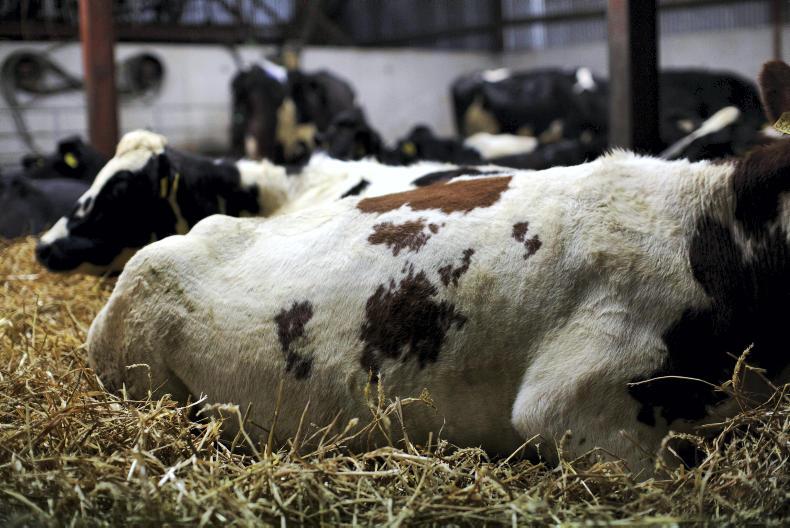
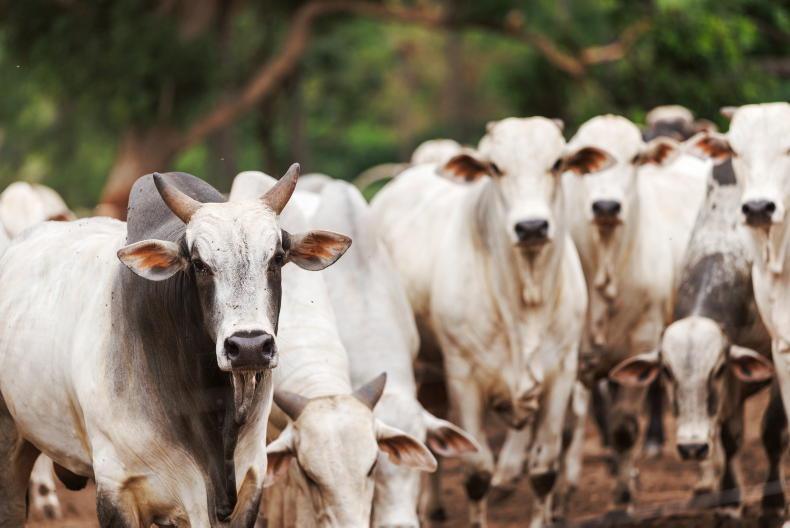

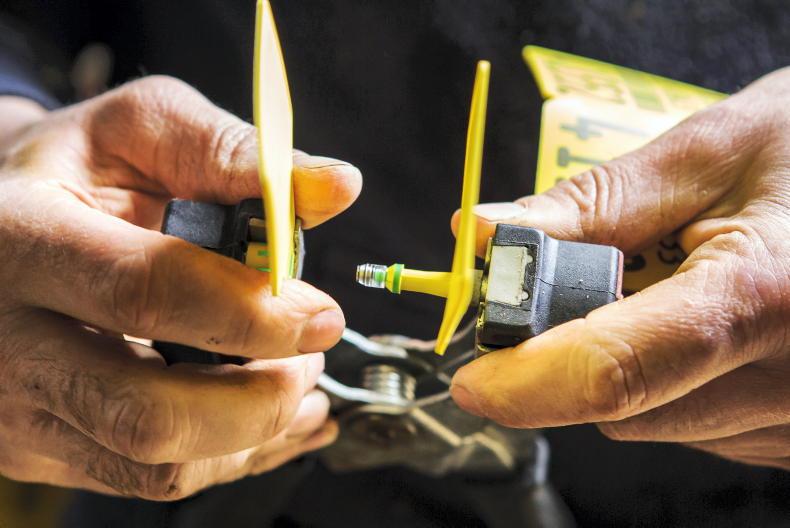
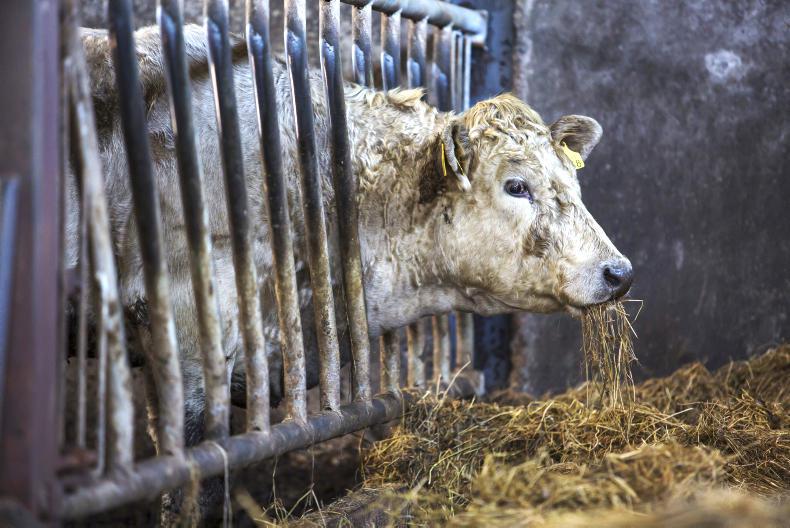
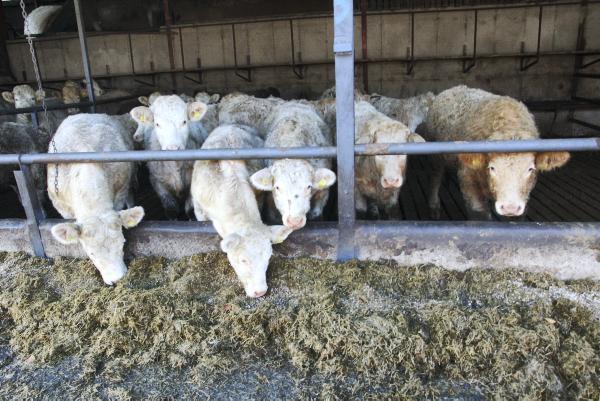
SHARING OPTIONS